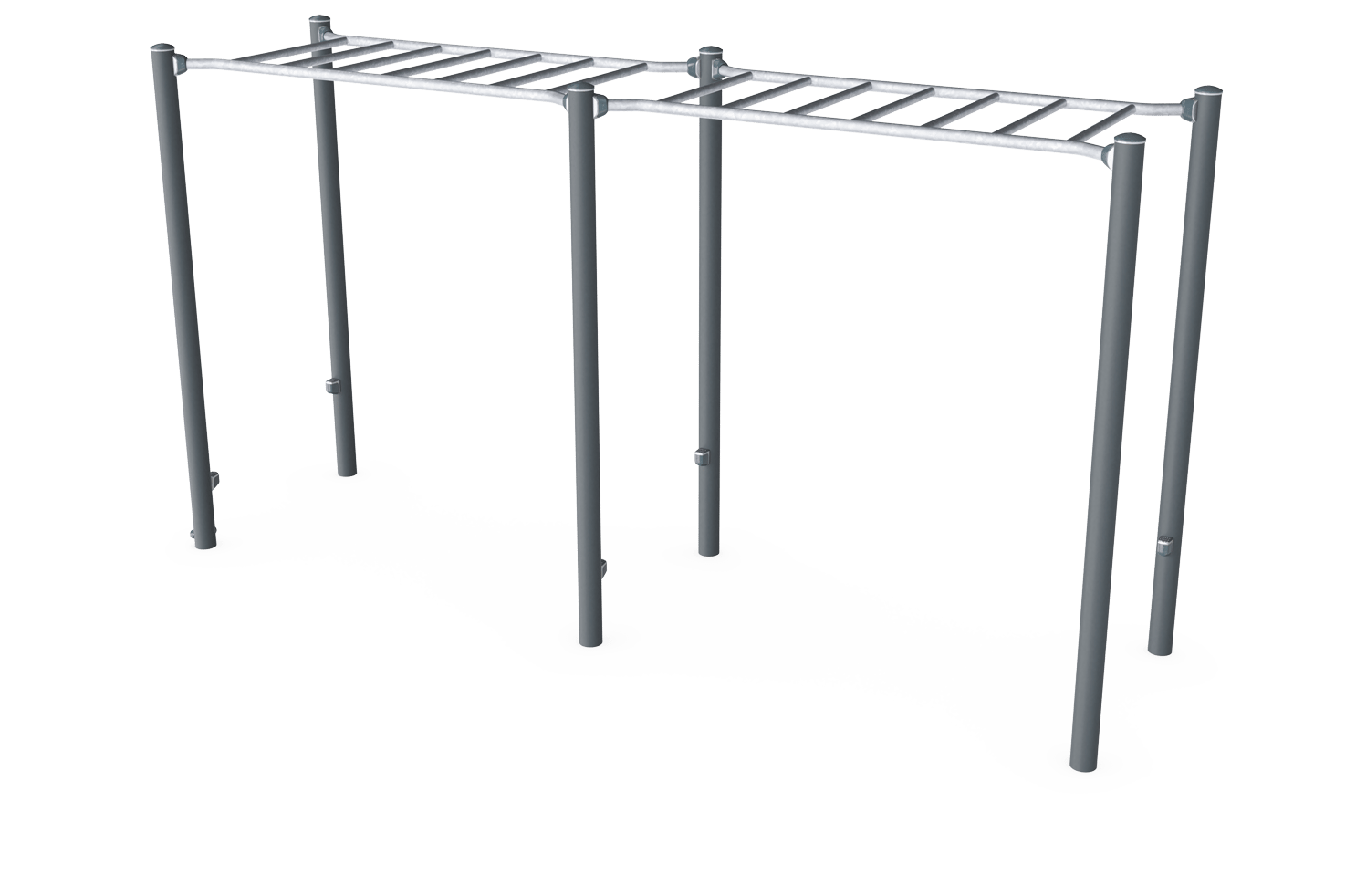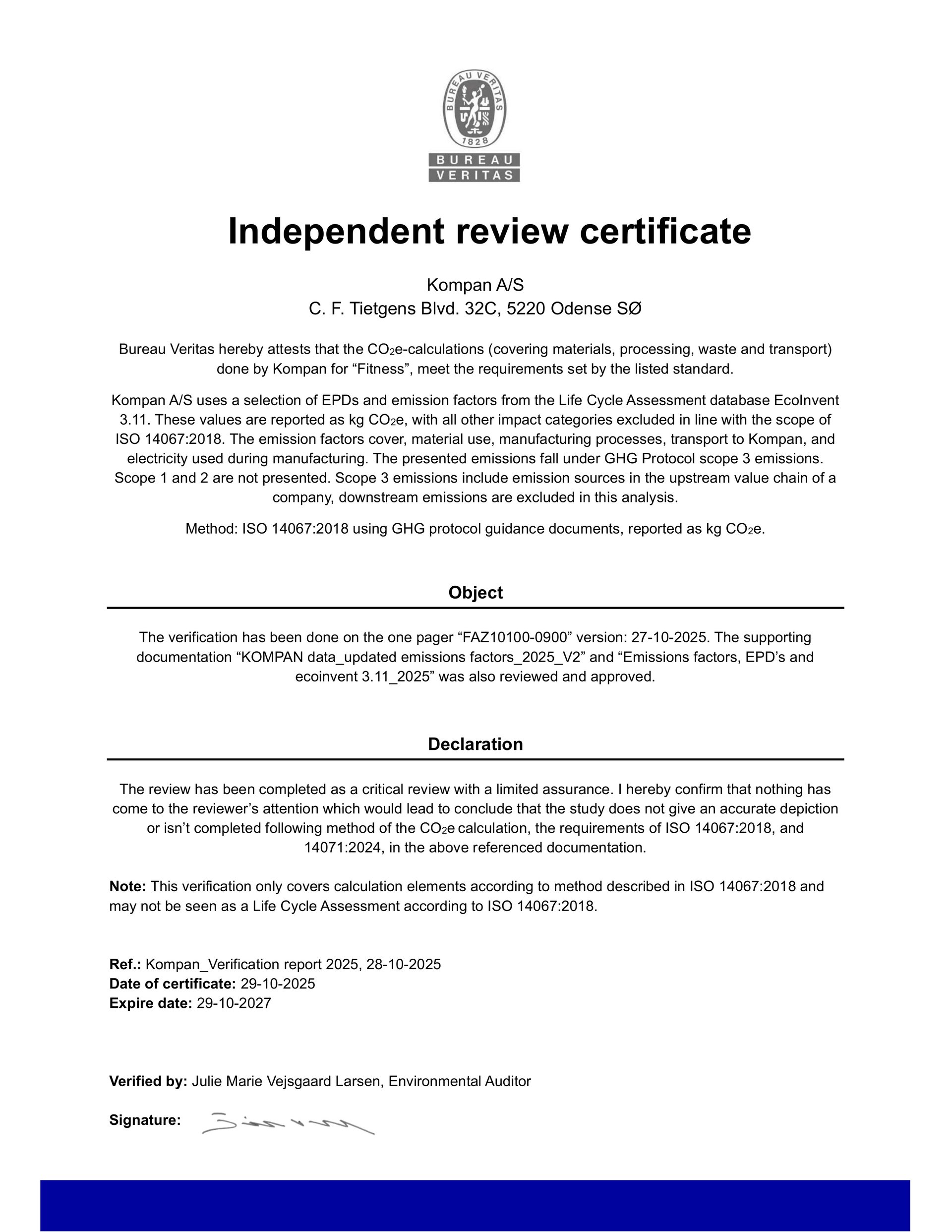Overhead ladder
Physical
develops children's upper body muscles and arm strength, cross coordination and spatial awareness. This is especially important due to sedentary lifestyles and back-pain in children.
Social-Emotional
chill and socialize on top of the overhead ladder, training cooperation.













